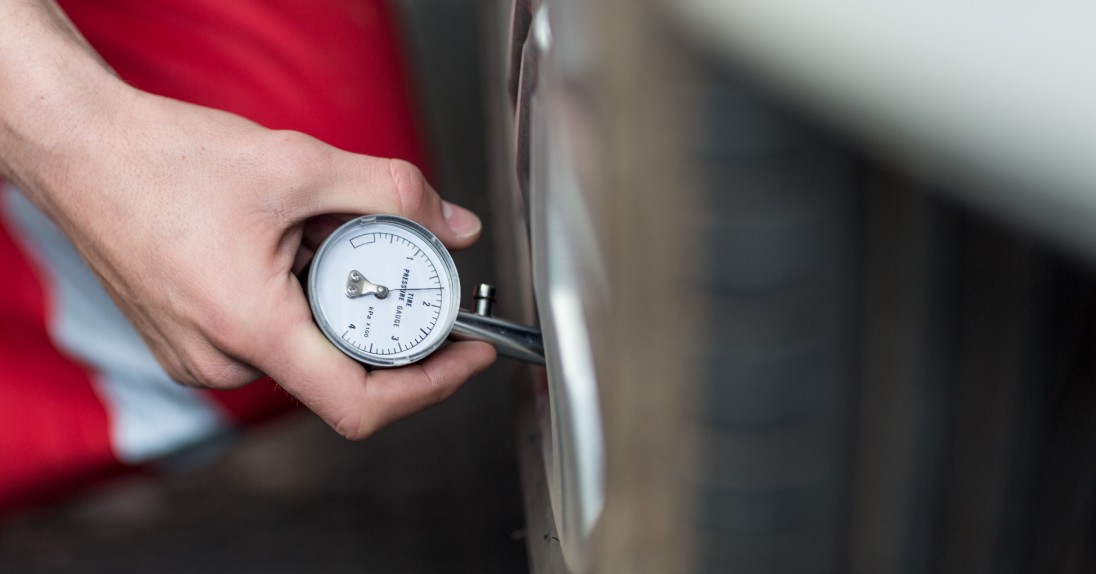Tyre pressure is usually one of the heated concerns when it comes to driving safety. What is the significance of tyre pressure? What exactly is that obnoxious icon on my dashboard? Should I keep my tyre underinflated throughout the winter? How frequently should I check the pressure in my tyres?
To get the most gas economy and the longest life out of your tyres, make sure you have the proper tyre pressure. The recommended tyre pressure for your automobile is listed right on the door, and it will provide you the optimum gas economy, handling, and tyre life. When filling them with air to the necessary pressure, measured in pounds per square inch, or psi, that's the one you should use.
Let's take a deep dive into the realm of tyre pressure today and learn all there is to know about your tyres.

The manufacturer determines the appropriate tyre pressure after hundreds of tests and calculations depending on the vehicle made. The appropriate tyre pressure for most automobiles may be found on the sticker/card inside the driver's door for newer cars. If there isn't a label, the information is normally found in the owner's handbook. When the tyres are cold, the normal pressure is between 32 and 40 psi. So, after a lengthy stay, be sure to check your tyre pressure, which you can normally do first thing in the morning.
For most passenger automobiles, the tyre pressure drops by one psi for every 5.6°C change in temperature. When it comes to commercial truck tyres, which are often inflated to over 80 psi (twice as much as passenger car tyres), the change in tyre pressure as a function of temperature is doubled to 2 psi for every 12 C increase in temperature.
For the non-nerdy readers, simply remember this rule of thumb and keep in mind that you'll need to check the tyre pressure more often throughout various seasons or when the weather changes dramatically.

Over inflating the tyres can be dangerous. Do not pump your tyres to the recommended pressure on the tyre. That figure represents the tyre's maximum pressure, not the vehicle's recommended pressure.
Overinflation of your tyres can result in a bouncy ride and poor handling, while underinflation may result in early tyre wear due to higher friction. In any case, insufficiently inflating your tyres to the correct pressure may reduce tyre wear and vehicle performance.